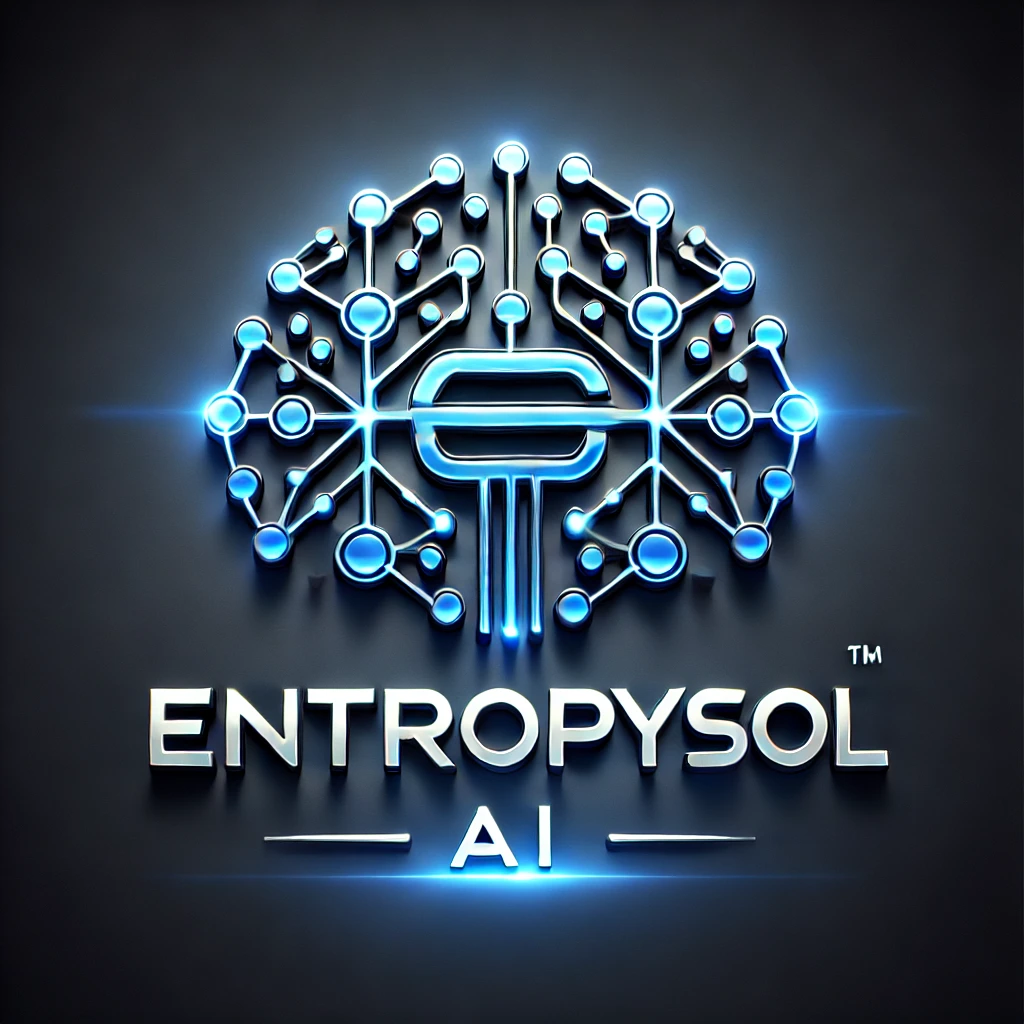The rise of Large Language Models (LLMs) has opened up an unprecedented era for AI applications. However, building truly intelligent, robust, and dynamic applications with LLMs often requires more than just calling an API; it demands orchestration, integration with external data, and complex reasoning. This is precisely where LangChain emerges as a game-changer. As an open-source framework, LangChain simplifies the development of powerful, data-aware, and agentic LLM applications, empowering developers to move beyond basic prompts.
What Exactly Is LangChain?
LangChain is a development framework designed to streamline the creation of applications powered by Large Language Models. It provides a structured way to combine LLMs with other sources of computation and data, enabling developers to build sophisticated systems that can:
- Connect LLMs to external data sources: Allowing models to interact with up-to-date or private information.
- Enable LLMs to interact with their environment: Giving models the ability to perform actions or use tools.
- Chain together multiple LLM calls or other components: Creating complex, multi-step workflows.
It’s essentially a toolkit that makes it easier to “program” LLMs by providing modular components and pre-built chains for common use cases.
Why Choose LangChain for LLM Development?
LangChain has quickly become a cornerstone in the LLM application development landscape due to several compelling advantages:
- Orchestration Power: It excels at orchestrating complex interactions between LLMs, external APIs, databases, and various AI models, going far beyond simple single-turn prompts.
- Modularity and Composability: LangChain offers distinct, reusable components (like models, prompts, chains, agents, retrievers, memory) that can be easily combined to build custom solutions.
- Rapid Prototyping: Its high-level abstractions accelerate the development process, allowing developers to quickly iterate and test new ideas.
- Extensive Integrations: It provides ready-made integrations with a vast array of LLM providers (OpenAI, Hugging Face), vector databases (Pinecone, Chroma), and other tools.
- Active Community: Backed by a strong and growing open-source community, ensuring continuous development, support, and a wealth of examples.
Key Concepts in LangChain’s Ecosystem
To effectively use LangChain, understanding its core conceptual components is key:
- LLMs: Interfaces to various language models.
- Prompts: Manage and optimize inputs to LLMs, often incorporating templates.
- Chains: Sequences of calls to LLMs or other utilities, allowing for multi-step reasoning.
- Agents: LLMs that can determine which tools to use and in what order to achieve a goal, enabling dynamic problem-solving.
- Retrievers: Systems that fetch relevant documents or data from external knowledge bases, crucial for Retrieval-Augmented Generation (RAG).
- Memory: Provides a way for LLMs to remember past interactions within a conversation, adding statefulness to applications.
Building an LLM Application with LangChain (Conceptual Workflow)
A common application of LangChain is building a Q&A system over custom data (RAG). The workflow often looks like this:
- Load Data: Ingest documents (PDFs, webpages, databases).
- Split & Embed: Break documents into smaller chunks and convert them into numerical representations (embeddings) using embedding models.
- Store in Vector Database: Store these embeddings in a specialized database for efficient similarity search.
- Query: When a user asks a question, embed the query and retrieve relevant chunks from the vector database.
- Chain with LLM: Pass the user’s query and the retrieved relevant chunks to an LLM, prompting it to generate an informed answer.
LangChain: The Future of LLM Application Development
LangChain is undeniably transforming the landscape of LLM application development. By providing the tools to connect LLMs with real-world data and actions, it moves us closer to building truly intelligent, autonomous, and context-aware AI systems. For developers aiming to leverage the full power of large language models, mastering LangChain is a critical step in building the next generation of AI-powered solutions.
